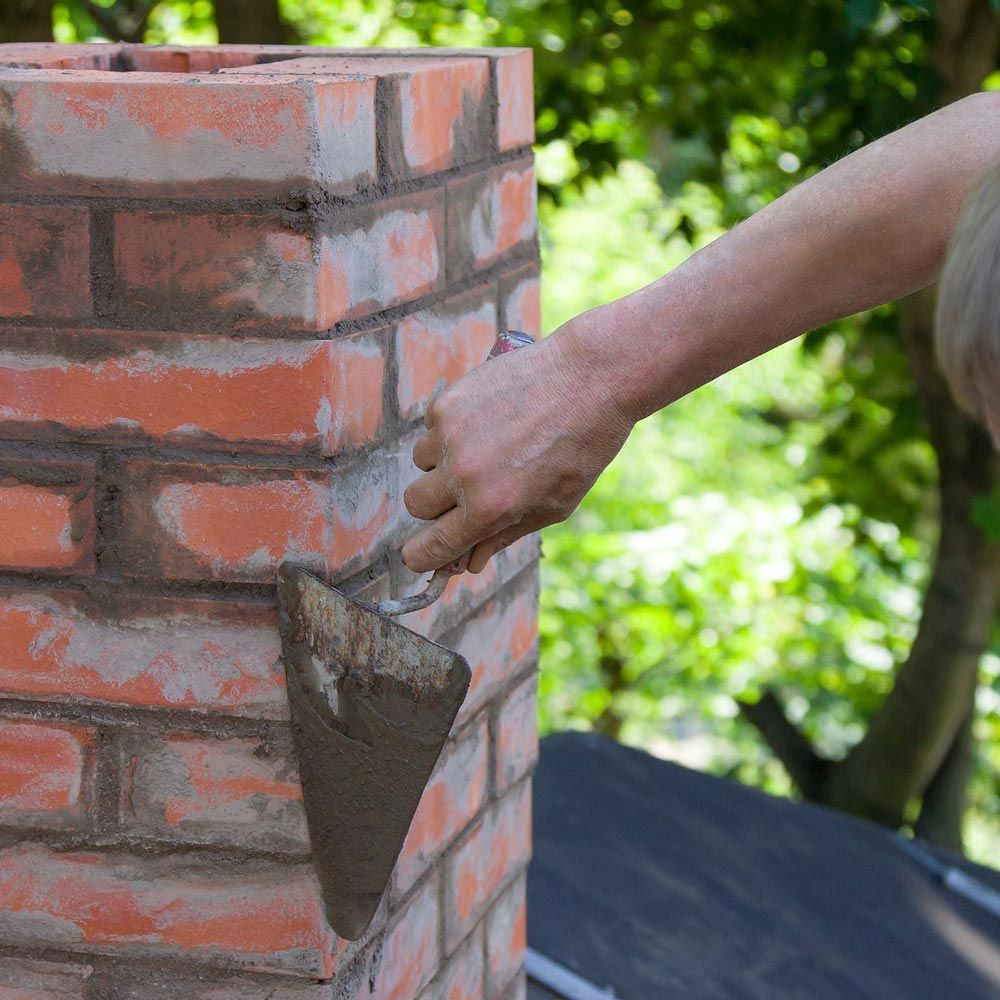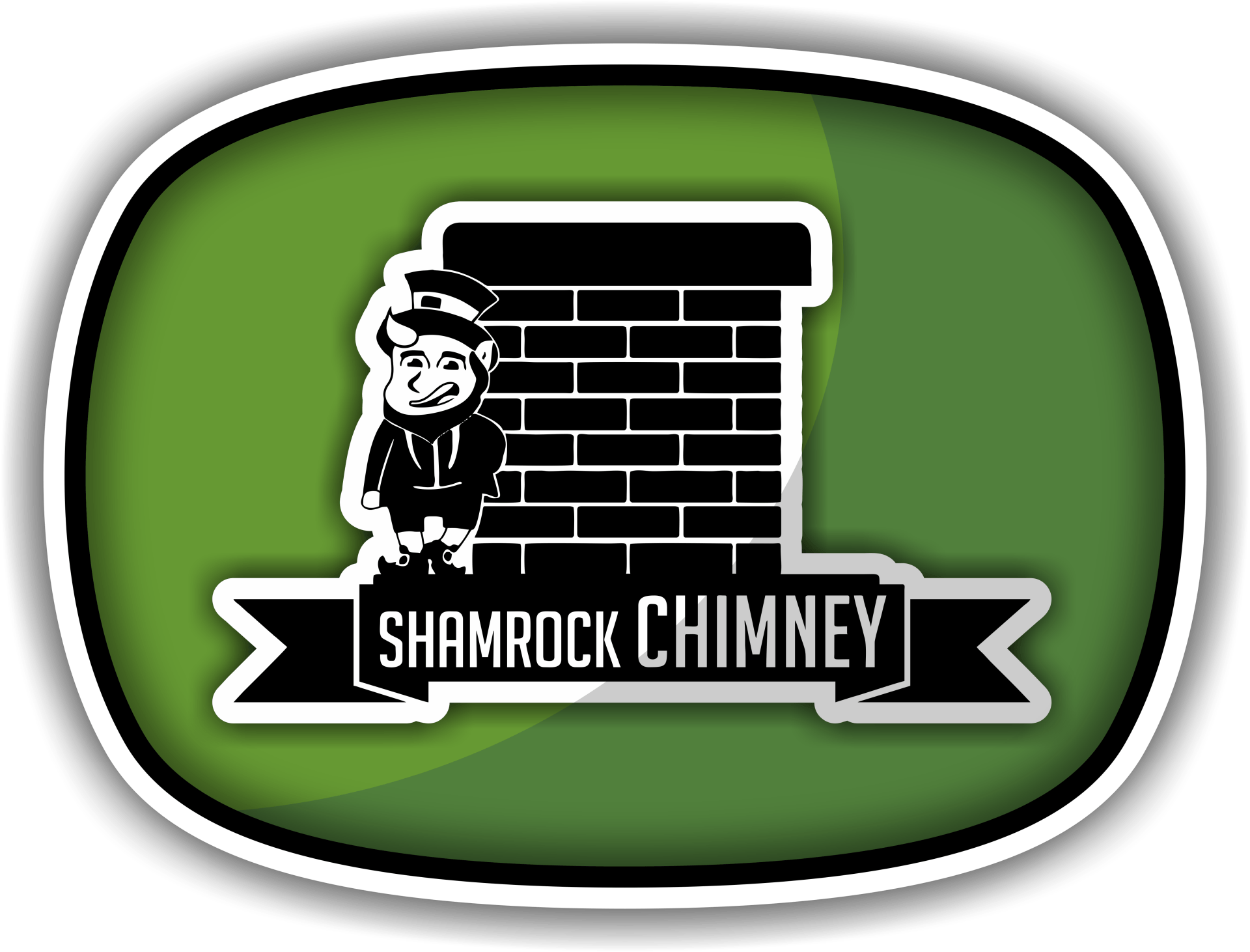7 Wood Stove Safety Tips for Connecticut Homes
There’s nothing cozier than the crackle of a wood stove on a chilly Connecticut night. But that warmth is risky if you don’t take precautions. The right know-how goes a long way, from creosote buildup to chimney fires. Here’s how to feel good about your stove — and make sure you keep your home safe all winter.
1. Give Your Stove Some Space
A wood stove needs to breathe. Maintain a three-foot safe surround around heat sources such as furniture, blankets, and all things flammable. Flames leap or sparks shimmer, so be safe. Curious about pets or kids? A sturdy fire screen provides additional protection.
2. Clean It Like You Mean It
Ash and soot aren’t only a nuisance — they are fire risks. Regularly scoop out ashes, but only when they’re cold. A container, such as a metal can with a tight lid, is ideal for disposal. And don’t skip the chimney! Creosote (that sticky, flammable gunk) accumulates quickly. Yearly sweeps by masonry fireplace repair specialists in Connecticut prevent disasters.
3. Burn Smart, Not Just Hot
Not all wood is created equal. Older hardwoods such as oak or maple burn cleaner and longer. Greenwood? It has too much moisture, which causes smoke and creosote. Don’t throw in trash or cardboard — the chemicals in those can emit toxic fumes.
4. Check for Sneaky Damage
Cracks in the stove or chimney? That’s trouble. Even tiny cracks allow smoke or carbon monoxide to infiltrate your home. Take a look at your stove before you light the first fire of the season. Spot something iffy? Call a pro.
5. Never Leave It Unattended
Got a fire going? Stick around. A trip to the store is suddenly risky if a tip of fuel gets away. And always extinguish it completely before going to bed or leaving the house. Nearby water or fire extinguisher? Even better.
6. Smoke Alarms Aren’t Enough
You have smoke detectors, don’t you? Place a carbon monoxide detector in the area as well. This silent killer can seep from a defective stove or obstructed chimney. Test alarms each month and replace batteries annually. It’s a no-brainer for safety.
7. Get Off to a Strong Start With Professional Assistance
Considering a stove as an addition to your home? Setting up all the components yourself (called DIY) looks cheaper, but you need to establish everything the right way. Wood stove installation services Connecticut pros make sure everything from vents to clearances meets local codes.
Wrap-Up: Safety First, Always
Wood stoves bring warmth and charm, but they demand respect. By keeping things clean, using the right fuel, and staying alert, you’ll dodge most dangers. Still, even the best care needs backup. If your stove’s acting up or it’s time for a checkup, reach out to Shamrock Chimney. Their team’s got the skills to keep your fires burning bright—and safe.
Stay toasty out there, Connecticut!



